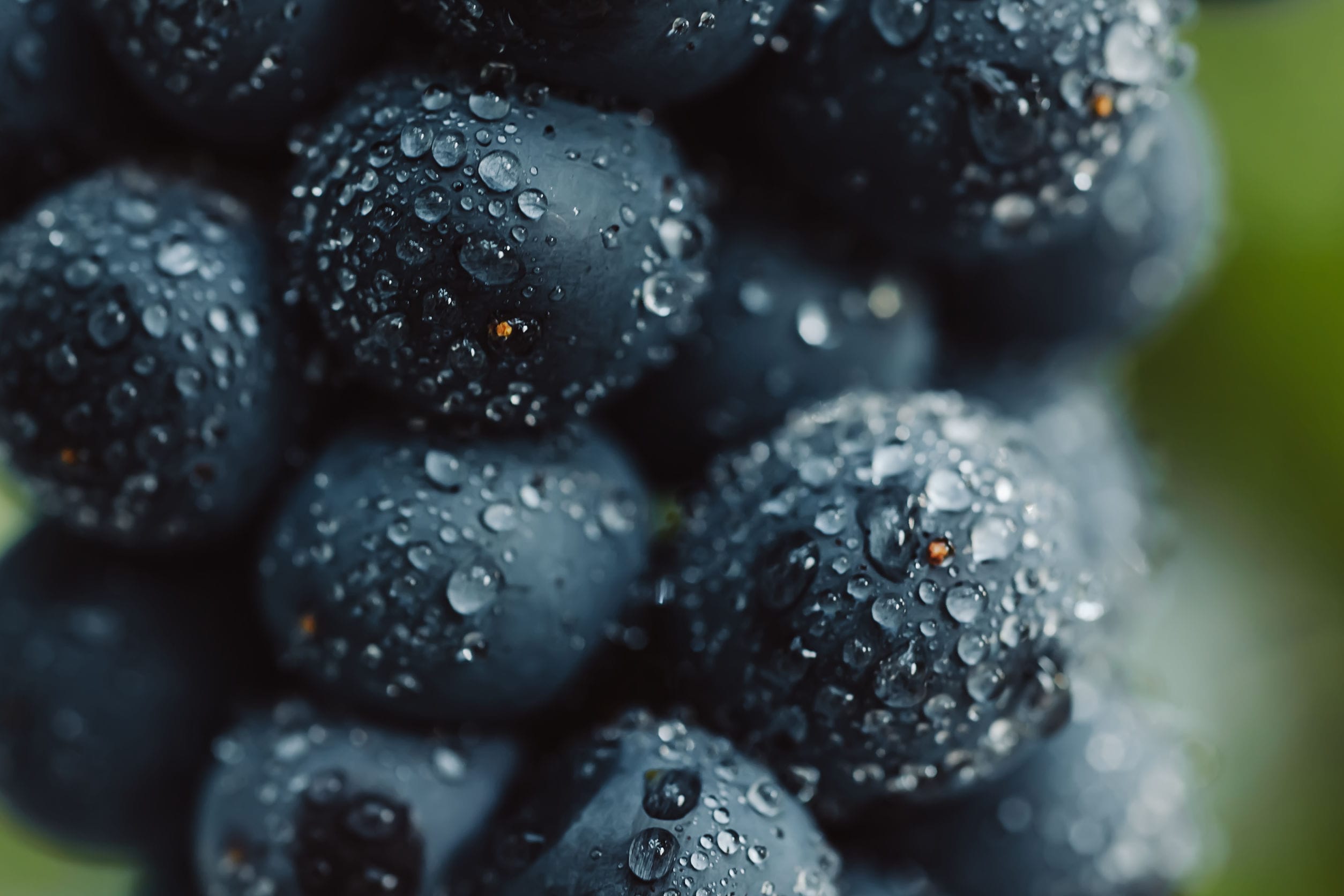A potentially groundbreaking new method of ageing wine, provisionally named 'aquaoir' by its pioneer, involves submerging bottles in salt water.
In around 1783, a French ship en route to Russia sank in the Baltic Sea. Down with it went over 30 bottles of premium vino meant as part of a consignment sent by King Louis XVI to the Russian Imperial Court, thought never to be seen again.
The wreck, however, was discovered - along with the perfectly preserved bottles of bubbly. Found at a depth of 55 metres, a sample was sent to makers Moet & Chandon for analysis, who confirmed that the bottles are 98 per cent certain to be luxury brand, Veuve Cliquot.
Old tastes
Additionally, a further sample was sent to noted wine expert Ella Gruessner Cromwell-Morgan to actually taste - with intriguing results.
The vintage had not lost its fizz since being corked over two centuries ago and, what's more, it had retained much of its flavour. The champagne is a dark golden colour, with a very strong aroma.
"There's a lot of tobacco, but also grape and white fruits, oak and mead," she said of the wine's 'nose'.
And the ancient vino's taste?
"It's really surprising, very sweet but still with some acidity." Cromwell-Morgan went on to state that the champagne of that bygone era is much less dry than today, with a less controllable fermentation process.
But what does this mean for using water as an ageing agent?
A new technique
Upon hearing the story of the sunken ship, Jim Dyke, a winery owner in California's famed Napa Valley, dropped 48 bottles of Cabernet Sauvignon into Charleston Harbour to test the theory. Is there something in salt water that can affect the aging process of wine?
Mr Dyke began his experiment by submerging cages of wine bottles in salt water. He wanted to understand if there were ways in which the usual wine ageing aspects, factors such as light, motion, pressure and temperature, affect character when underwater.
The results were as equally interesting as those of the shipwrecked bottles. Mr Dyke found not only was the wine's taste different, but that the ocean had sped up the aging process without changing the core characteristics.
Mr Dyke hopes that his breakthrough idea, inspired by that shipwreck so many years ago, will eventually become a widely-used method of ageing, of equal importance to the terroir of the soil from which the grapes are grown, and the underground cellars in which wine is usually aged.






